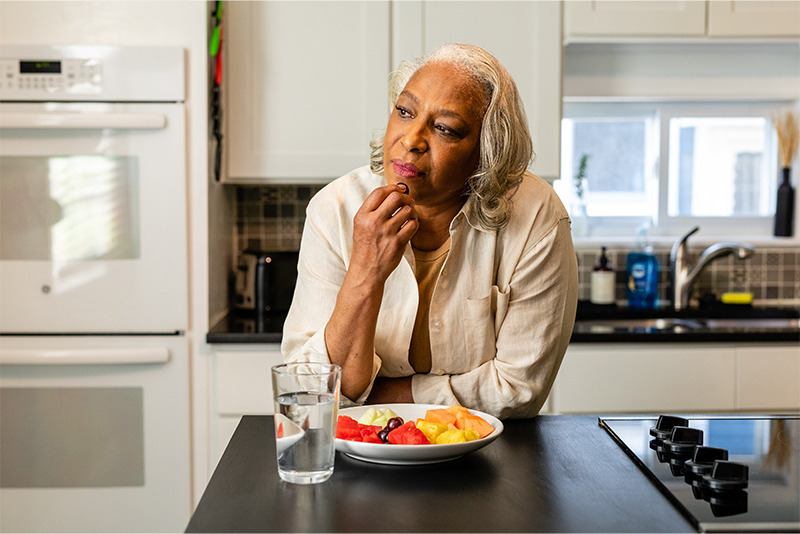Parkinson’s Communication Tips to Help You Stay Connected


Try these Parkinson’s communication tips to enhance your ability to connect with someone you love.
Imagine trying to share your thoughts, feelings, or even a simple idea with someone you love, only to feel as though your words are getting lost. Now, consider how isolating it must be if this were an everyday struggle. For someone living with Parkinson’s disease, this is often the reality. Communication becomes increasingly difficult as the disease progresses, creating frustration and emotional strain for both the person with Parkinson’s and their loved ones, making it crucial to know effective Parkinson’s communication tips. It begins with understanding how communication can be affected by the disease.
How Does Parkinson’s Impact Communication?
Parkinson’s disease affects communication in various ways. Some of the most common challenges include:
- Changes in speech patterns: A softer, quieter voice or a monotone way of speaking can make it hard for others to hear or understand.
- Mumbling or stumbling over words: This can lead to confusion or misinterpretation.
- Reduced nonverbal communication: Limited facial expressions, gestures, and body movements often accompany the disease.
- Postural changes: A hunched posture may make it harder to maintain eye contact or project one’s voice.
- Cognitive and memory issues: These changes can affect the person’s ability to follow conversations or find the right words.
- Difficulty expressing emotions: The disease may impair the ability to show feelings, leaving interactions feeling flat or distant.
When communication breaks down, it’s natural to feel unsure about how to proceed. In some cases, the person may unintentionally withdraw, afraid of saying or doing the wrong thing. However, maintaining communication is vital—not only to express practical needs but also to preserve emotional connections and mutual understanding. With the following strategies, you can help overcome these communication barriers.
Parkinson’s Communication Tips
If you’re supporting someone with Parkinson’s, consider these helpful approaches:
1. Face-to-Face Interaction
Whenever possible, engage in conversations face-to-face. Make eye contact and pay attention to their facial expressions and body language, even though these may be subtle due to the disease. This direct approach fosters a sense of connection and helps you pick up on nonverbal cues.
2. Slow Down
Patience is essential. Speak slowly and clearly, and take your time when listening. If the person is struggling to articulate their thoughts, avoid the temptation to jump in and finish their sentences. Giving them the time they need can make them feel respected and heard.
3. Simplify and Repeat
When cognitive decline impacts understanding, simplify your statements or questions. If needed, rephrase or repeat what you’ve said to reinforce comprehension. For example, instead of saying, “What would you like for lunch today?” try, “Do you want a sandwich or soup for lunch?”
4. Use Yes or No Questions
Open-ended questions can be overwhelming for someone with Parkinson’s. Frame your questions in a way that allows for simple responses, such as yes, no, or other brief answers. For instance, instead of asking, “What do you feel like doing today?” try, “Would you like to go outside?”
5. Minimize Background Noise
Ensure that the environment is quiet and free of distractions during conversations. Background noise, such as the TV or a radio, can make it even harder for someone with Parkinson’s to focus on communication.
6. Show Empathy and Understanding
It’s important to acknowledge the frustration that communication difficulties can bring. A gentle tone of voice, a smile, or a supportive touch on the hand can go a long way in showing your empathy and encouragement.
Let Us Help
Our care team is trained and experienced in helping individuals with Parkinson’s disease manage these and other challenges. Contact us at (866) 940-4343 to find out more about our home care services in Novato, Petaluma, San Rafael, and throughout the Bay Area.








Leave a Reply